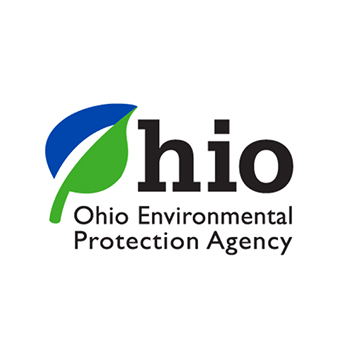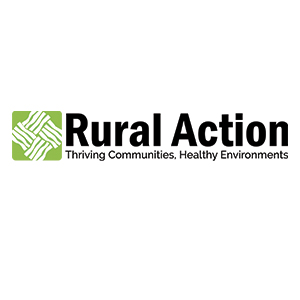Rain to River
More than 25 million people, 10 percent of the U.S. population, live in the Ohio River Basin. According to the Ohio River Valley Sanitation Commission, the Ohio River is a source of drinking water for more than five million people as well as home to approximately 160 fish species. Nonpoint source pollution from urban and rural community runoff, agricultural activities and abandoned mines is the major cause of water pollution in the Ohio River.

Urban and rural communities have buildings and pavement covering the land surface and these communities often rely on storm drains to carry rain and snowmelt to larger waterways. Unlike household water systems, storm sewers flow directly into our local waters, depositing whatever they pick up along the way. Marking storm drains can raise awareness about the connection between storm drains and receiving waters and can help to deter littering, excess fertilizer use, dumping, and other practices that contribute to storm water pollution. Items that frequently end up in storm drains include: trash, grass clippings, grease, pesticides, motor oil, antifreeze, paint and plastics.
Using paint and stencils, volunteers mark educational messages on storm drains and catch basins that flow to nearby creeks, streams, lakes, coastal waters and ultimately the ocean. Painted messages include the phrase “NO DUMPING, DRAINS TO RIVER” accompanied by the image of a fish. The message alerts people that discharges into storm drains pollute valuable water resources, and it can also heighten community awareness of nearby waters.
Rain to River is a project of the Appalachian Ohio Clean Watershed Initiative (AOCWI), a collaboration between the Voinovich School of Leadership and Public Service and partner organization, Rural Action, which works to improve water quality and restore watersheds in the Appalachian region through education, training, partnership building, resource sharing and project implementation across a 36-county service area. Funding for the Rain to River Program comes from an Ohio EPA Environmental Education Fund Grant and is also supported in part through Ohio EPA’s Section 319 Clean Water Act Grant Program.
A total of six kits are available for communities to borrow for a two-week time periods. Each storm drain stencil kit includes the following:

- At least two stencils with text: “No Dumping, Drains to River”
- Cans of inverted white, industrial grade spray paint
- Hand broom
- Wire brush
- Plastic drop cloth
- Packing tape
- Scissors
- Permanent Marker
- Traffic cones
- Orange safety vests
- Door hangers
- Rubber gloves
- Paint thinner/mineral spirits
Downloard the Stencing Guide [PDF]
- Informative Door Hangtag
- Customizable Stickers for Hangtag
- Stormdrain Stenciling Guide
- Borrower's Agreement
- Photo Inventory of Stenciling Kit Contents
- Sample Liability Waiver
- Post Event Report
An online recording is available to teach volunteers how to hold a successful stenciling event in their communities.

For those interested in additional resources on storm water pollution prevention, the Rain to River project released an interactive display to highlight best practices while providing an educational experience for citizens across the Appalachian basin.
To borrow a storm drain stenciling kit or the interactive storm water display, interested citizens and community groups may contact Jen Bowman at bowmanj2@ohio.edu.




